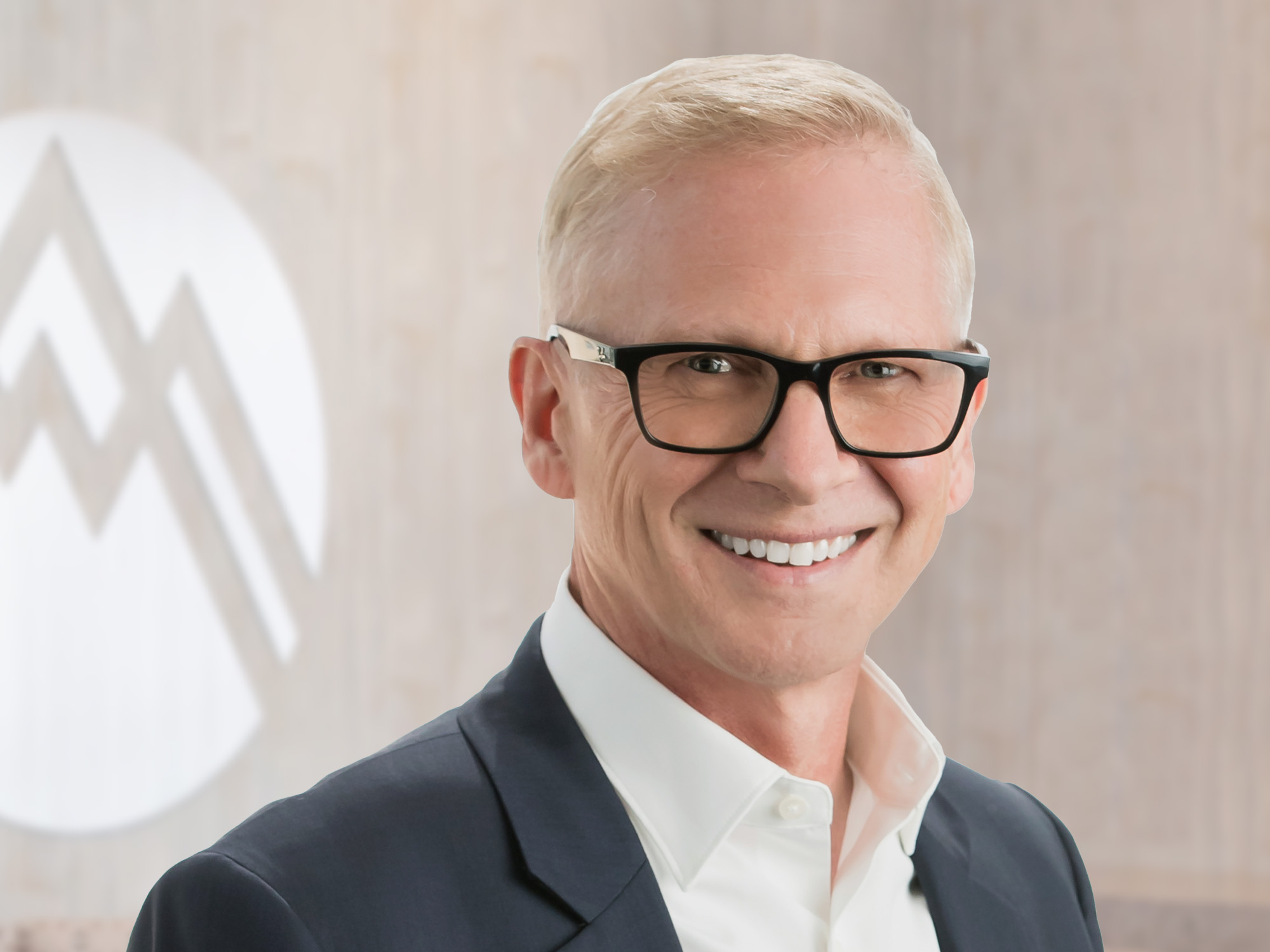Tendinitis and tendinopathy are two of the terms used to describe painful tendon conditions. Dr. Kirk Scofield explains what these terms mean and how our understanding of tendon pain has prompted the evolution of new tendon treatments.
Tendinitis and tendinopathy are both terms used to describe tendon pain that can occur in a number of joints in the body, including the knee, ankle, and elbow. Dr. Scofield defines these terms, explains how they evolved, and discusses new treatments based our advancing understanding of tendon pain.
What defines tendinitis?
“Tendinitis, like arthritis, incorporates the root ‘itis,’ explains Summit sports medicine physician Dr. Kirk Scofield. “The ‘itis’ implies inflammation and reflects our historical understanding that chronic tendon pain is caused by inflammation. We still use this term when talking about conditions like Achilles tendinitis. But over the last 15 to 20 years, research has shown us that chronic tendon pain is usually not an inflammatory condition. When you look at diseased tendon tissue under a microscope, you don’t find cells that show inflammation. Chronic tendon problems, like patellar or Achilles tendon or tennis elbow, are the result of a process called mucoid degeneration—a suspended healing situation caused by a painful scar on the tendon.”
Dr. Scofield points out, however, that it is possible to have a true inflammatory tendon condition called tenosynovitis. With this condition, most commonly seen in the long sheathed tendons that move the foot and hand, it is the sheath around the tendon—and not the tendon itself—that is filled with fluid and inflamed.
What is tendinopathy?
“Tendon problems are generally defined as tendinopathy—which refers to the chronic tendon pain caused by abnormal ‘scar’ tissue,” Dr. Scofield continues. “When injury or overuse causes micro-tears in the tendon, it tries to heal. I tell patients to think of this healing process as a construction crew that goes into the tendon. Cells and blood gather at the injury site trying to repair the damage. But there’s a problem. The construction crew can’t reproduce the healthy tendon tissue composed of uniform cables of a protein called collagen. Instead, the repair creates more chaotic bands of collagen, surrounded by cells, blood vessels, and nerves in a suspended state of healing that is like a scar. There is a repair, but it’s only a partial reconstruction of the damaged tissue. The histologic term (referring to the microscopic anatomy of this scar tissue) is tendinosis. We don’t clearly understand why this scar tissue is so painful, but one theory is that the tangle of new nerves and vessels in the repaired tissue causes the pain.”
Dr. Scofield summarizes the terms used to describe tendon problems this way:
- Tendinopathy is a generalized term for chronic tendon problems.
- Tendinosis describes the microscopic anatomy of the tendon “scar” tissue, characterized by irregular strands of collagen, abnormal cells, vessels and nerves that form to attempt to repair damaged tendon tissue.
- Tenosynovitis is the inflammation of the sheath around the tendon.
- Tendinitis is a term for tendon pain based on our historical understanding that inflammation of the tendon caused tendon pain.
Choosing the right treatment
“Traditionally, anti-inflammatories like ibuprofen and Aleve, and cortisone injections have been used to treat chronic tendon conditions,” says Dr. Scofield. “Now that we understand that inflammation isn’t the culprit, it’s more apparent that anti-inflammatory treatments may temporize the problem, but they don’t heal the scar tissue. At Summit, we offer an array of conservative and surgical treatments to our patients, including Tenex, a new treatment based on ultrasound technology. The Tenex procedure actually removes scar tissue on the tendon so that you can regenerate more normal tendon tissue that’s not painful.”
Summit Orthopedics offers comprehensive sports medicine expertise
From Olympians to pro athletes to kids in youth sports and those that just want to be more active—Summit Orthopedics delivers expert care by fellowship-trained sports medicine physicians. If you are recently injured or concerned about ongoing pain, Summit Orthopedics sports medicine specialists have the expertise to evaluate your discomfort and develop a plan to quickly and safely help you get back to being active.
Start your journey to stronger, healthier athletic condition. Find your sports medicine expert, request an appointment online, or call us at (651) 968–5201 to schedule a sports medicine consultation.
Summit has convenient locations across the Minneapolis-St. Paul metro area, serving Minnesota and western Wisconsin. We have state-of-the-art centers for comprehensive orthopedic care in Eagan, MN, Vadnais Heights, MN, Plymouth, MN, and Woodbury, MN, as well as several additional community clinics.
More resources for you
- Ask Dr. Scofield: How Does Tenex Technology Work?
- Ask Dr. Scofield: What Are the Symptoms of Tendinopathy?

